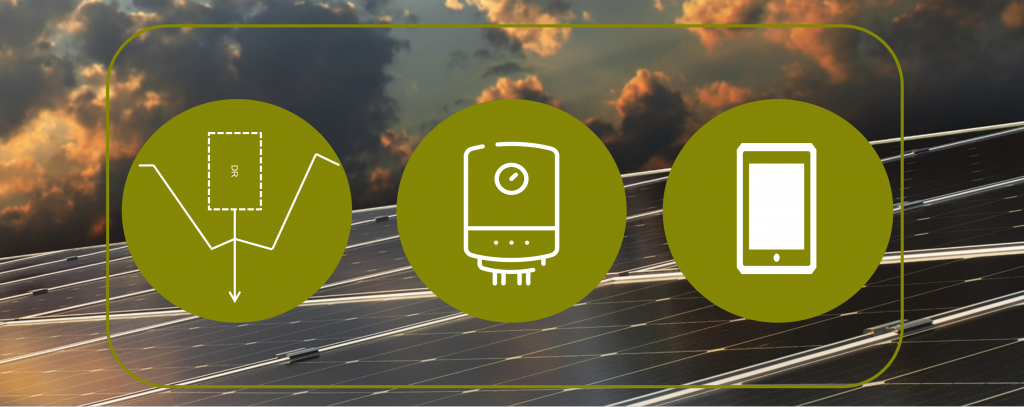
Residential Load Management Frequently Asked Questions
Load limiting is the deliberate act of limiting the maximum output power of the customer’s meter for a predefined period for the purpose of managing demand.
The meter will automatically reset back to its original level at the end of said period; no human intervention is required. To activate load limiting, a load-limiting schedule is sent to the customer’s meter at the beginning of the pilot and is set to expire at the end of a predetermined period.
During that period, heavy energy consumption appliances such as geysers, pool pumps, underfloor heating, and similar appliances are switched off by the customer. If these appliances are not switched off, the meter will eventually disconnect the supply for a period of time (configurable) and display the reason for the disconnection on the customer interface unit (CIU). In this case, the meter will display “Power Overload”.
The customer’s power supply size is normally at 60 Amps or 80 Amps for single phase, and when the network has been lowered, it means that the supply will be temporarily lowered to 10 Amps during the load-limiting period as defined above.
A supply of 10 Amps (about 2.3 kW for a single-phase meter) is adequate for powering lighting and low-consumption appliances such as televisions, decoders, cell phone chargers, laptops, Wi-Fi routers, etc.
Eskom recognises that supply constraints and related load shedding will be with us for the foreseeable future. This is detrimental to the economy and to ordinary citizens at large. Therefore, in an effort to enable customers to continue enjoying using electricity, albeit at a reduced level, Eskom is implementing load limiting as part of Demand Side Management.
Eskom will notify customers when the residential load management event is planned/in effect/suspended.
This exercise will be done remotely, and the applicable command is sent to a smart meter via the telecommunication network already established for smart meters.
As a customer, you will be exempted from lower stages, that is, stages 1 and 2, of load shedding.
Yes, the CIU should be switched on in case Eskom sends a notification about load limiting. The CIU will also display a message if the customer is disconnected due to an overload and, furthermore, indicate how long it will take before the meter automatically reconnects.
The message will be sent to the customer via CIU or SMS to reduce the load an hour prior to Load Limiting. When the customer receives notification, they need to reduce the load by switching off high consuming appliances and failure to comply with the instruction the meter will automatically disconnect after configured retries for the duration of the loadshedding period.
The meter will only limit the amount of electricity the household consumes. This means that the household can continue using their appliances provided they do not consume above the limit. Appliances such as geysers, pool pumps, under floor heating will likely consume electricity greater than the limit causing the meter to disconnect the household unless they are turned off.
Eskom is in the process replacing all those meters before the TID Rollover deadline of 24 Nov 2024.
All equipments/Appliances consuming more that specified usage should be disconnected to ensure customer does not exceed the specified load reduction which might cause a meter disconnection.
Customers should have a CIU that gives them the status of the smart meter. For the load limiting pilot, SMS’s will be sent to notify the customer that their household will experience load limiting.
Should you experience any challenges please send an email with your meter number to [email protected] your query will be attended to.
